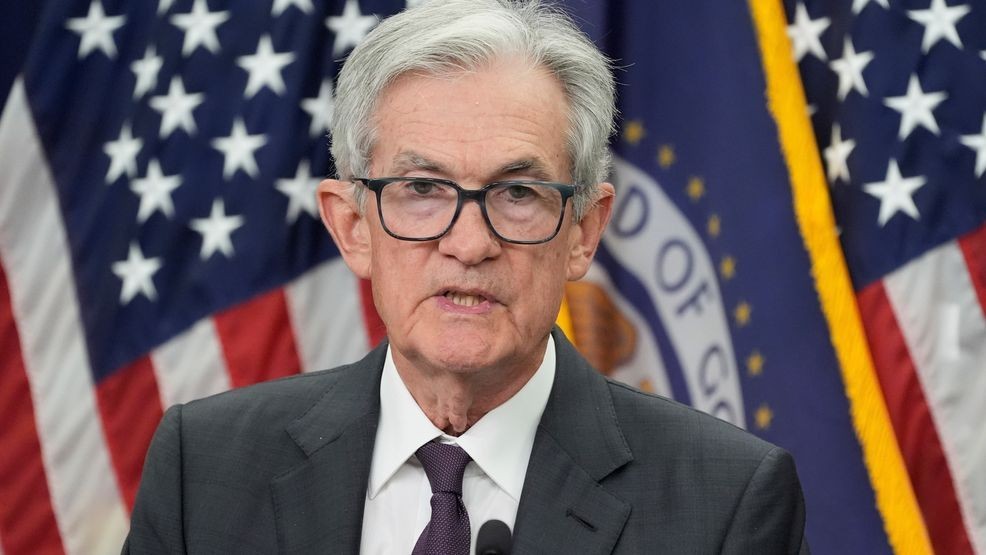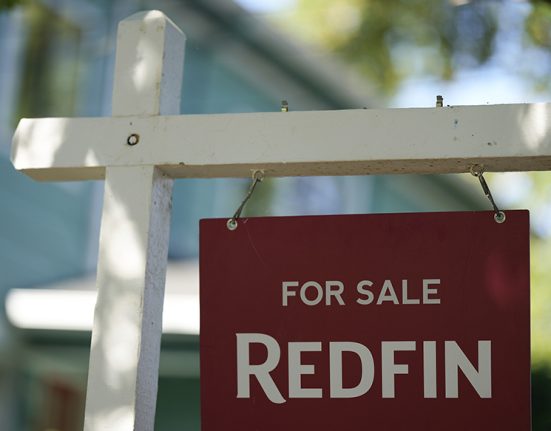WASHINGTON (TNND) — All eyes are on Jerome Powell this week as the Federal Reserve chair prepares to make a major speech in Wyoming this week where investors are hoping to gain insight into the central bank’s thought process on whether to cut rates at their September meeting with economic data pulling them in different directions.
Powell will speak Friday morning in Jackson Hole, Wyoming, during the annual economic policy gathering to give his outlook on the economy in a time of high uncertainty about its direction with inflation still running hot and a stalling labor market. The Fed chair used his appearance at last year’s symposium to signal rate cuts were on the horizon, but analysts are less certain that will be the case this year.
The Fed is being pulled in both directions of its dual mandate of stable prices and maximum employment in the most recent data releases, making rate decisions even more challenging for the central bank.
Wall Street sees a rate cut at the Fed’s September meeting as nearly certain with an 85% probability of a quarter-point reduction next month, according to the CME FedWatch tool. Investors saw the odds of a rate cut jump after the August jobs report showed a slowing labor market. Expectations have been dialed back some after inflation reports showed prices rising, including one measure at the fastest pace in three years, but consensus has remained on a small cut.
“He’ll hint that we’re going to get the cut in September. There’s not a whole lot of people betting against a cut in September,” said Russell Rhoads, a clinical associate professor of financial management at Indiana University’s Kelley School of Business. “He may say something to the point of, ‘we may need to get a bit more aggressive if we continue to get sluggish data,’ and I think that that would be the outlier statement that people are looking for.”
Powell has been careful to keep all options for September on the table during appearances and speeches, giving Fed watchers little indication of how the Federal Open Markets Committee is thinking amid mixed results from data releases.
Fed governors have been divided on how to handle their benchmark interest rate moving forward with some still voicing concerns about the trajectory of inflation while others want to preserve a fragile labor market.
The producer price index hit a three-year high in July and the “core” reading of the consumer price index also jumped last month. Both were prompted by increasing prices to services, which make up a majority of U.S. economic activity and are not related to tariffs. The Fed is closely watching whether services inflation continues to rise or whether it was a one-time blip.
Governors Chris Waller and Michelle Bowman dissented during the July meeting and have argued any inflationary effects from tariffs will be a one-time hit and the Fed should be proactive in preserving the labor market.
“A proactive approach in moving policy closer to neutral, from its current moderately restrictive stance, would help avoid a further unnecessary erosion in labor market conditions and reduce the chance that the committee will need to implement a larger policy correction should the labor market deteriorate further,” Bowman said in a speech earlier this month.
While unemployment has stayed historically low, job creation has slowed and more people are dropping out of the workforce. The most recent jobs report showed businesses added just 73,000 jobs and large downward revisions to the previous two months brought the three-month average gain down to 35,000.
Also at issue is how to handle Trump’s tariffs that have put a cloud of uncertainty over the trajectory of the economy and inflation. Widely expected increases to prices due to tariffs have been slow to materialize in data despite increasing warnings from businesses about having to raise prices for consumers.
After July’s FOMC meeting, Powell told reporters that officials still needed more time to figure out how the tariffs will impact the economy.
“We’ve learned that the process will probably be slower than, than expected at the beginning, but we never expected it to be fast. And we think we have a long way to go to really understand exactly how we’ll be,” Powell said.
Chicago Fed president Austan Goolsbee said last week that he would prefer to have more clarity on how tariffs will impact inflation before deciding on whether to cut rates.
“If you start seeing prices go up and you start seeing employment go down, because tariffs, in my view, are a stagflationary shock, it makes both sides of the mandate go bad at the same time, and that’s the worst position that a central bank could be in because there’s not an obvious answer of what you do,” Goolsbee said.







